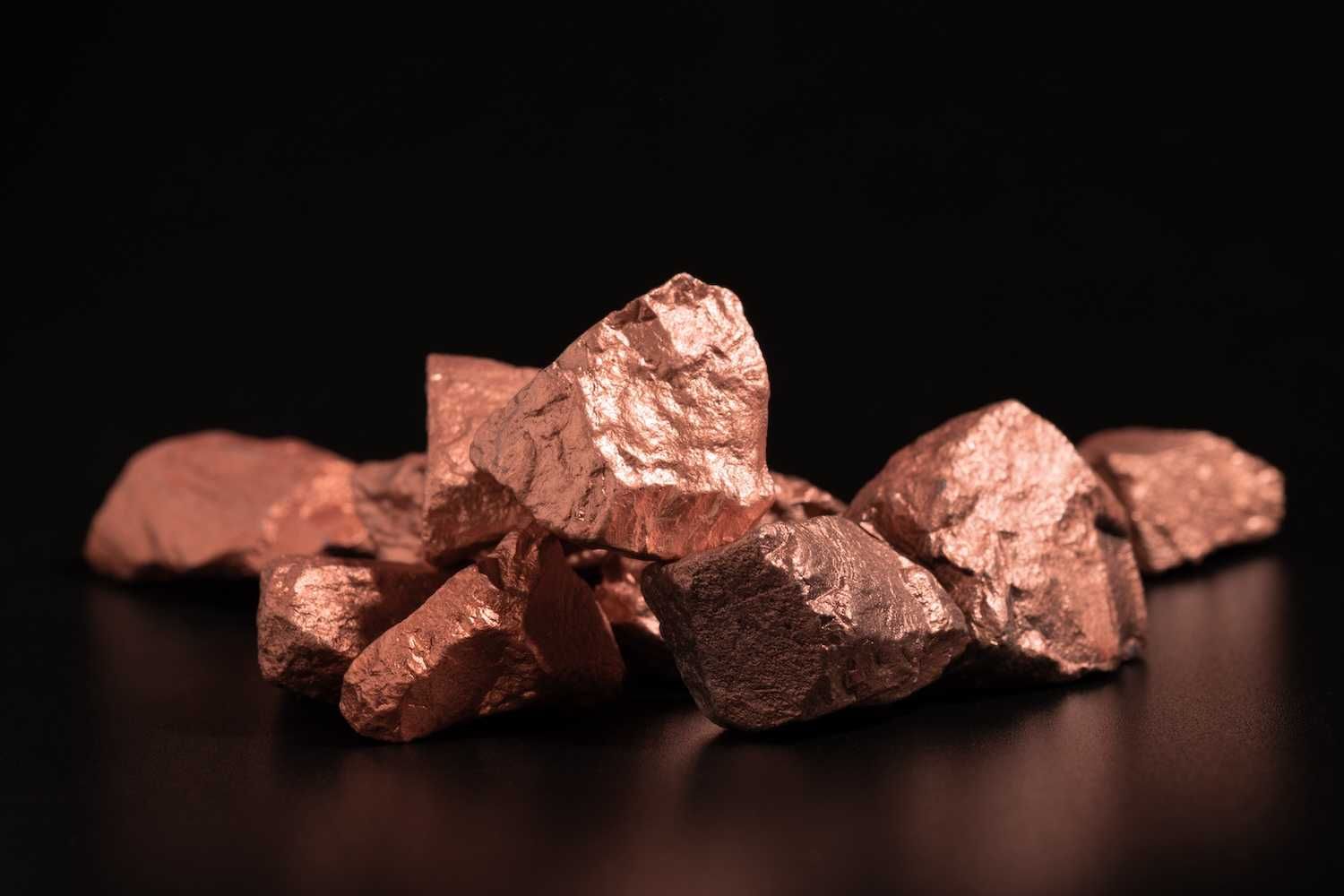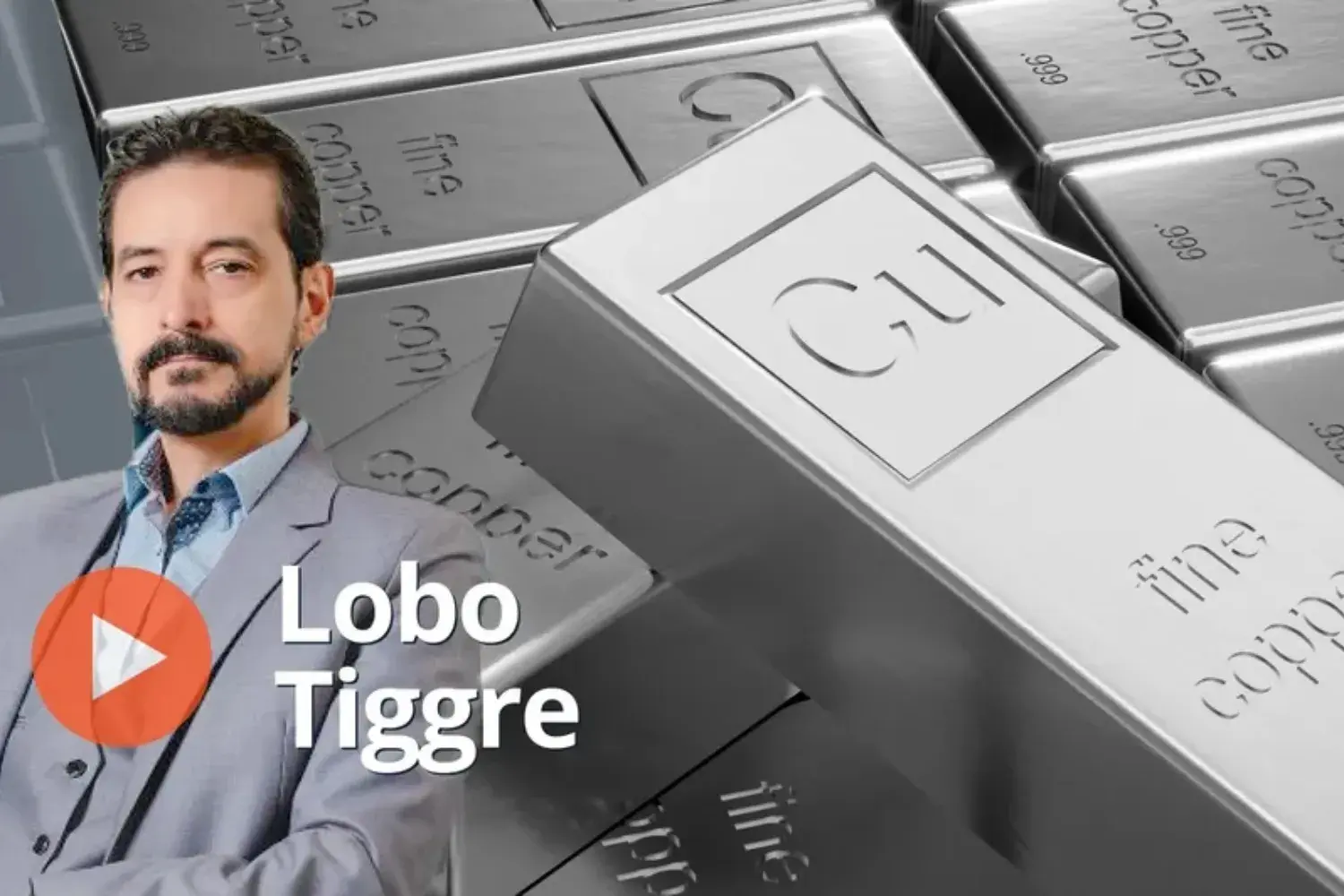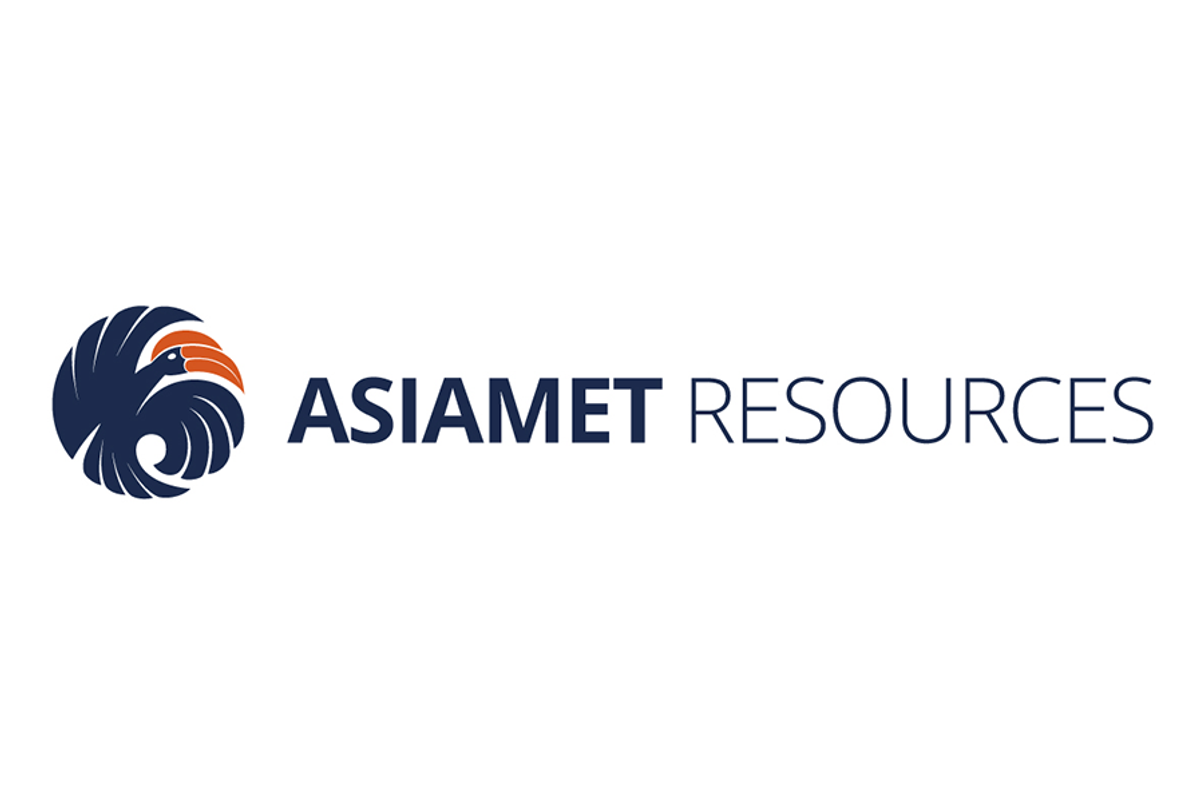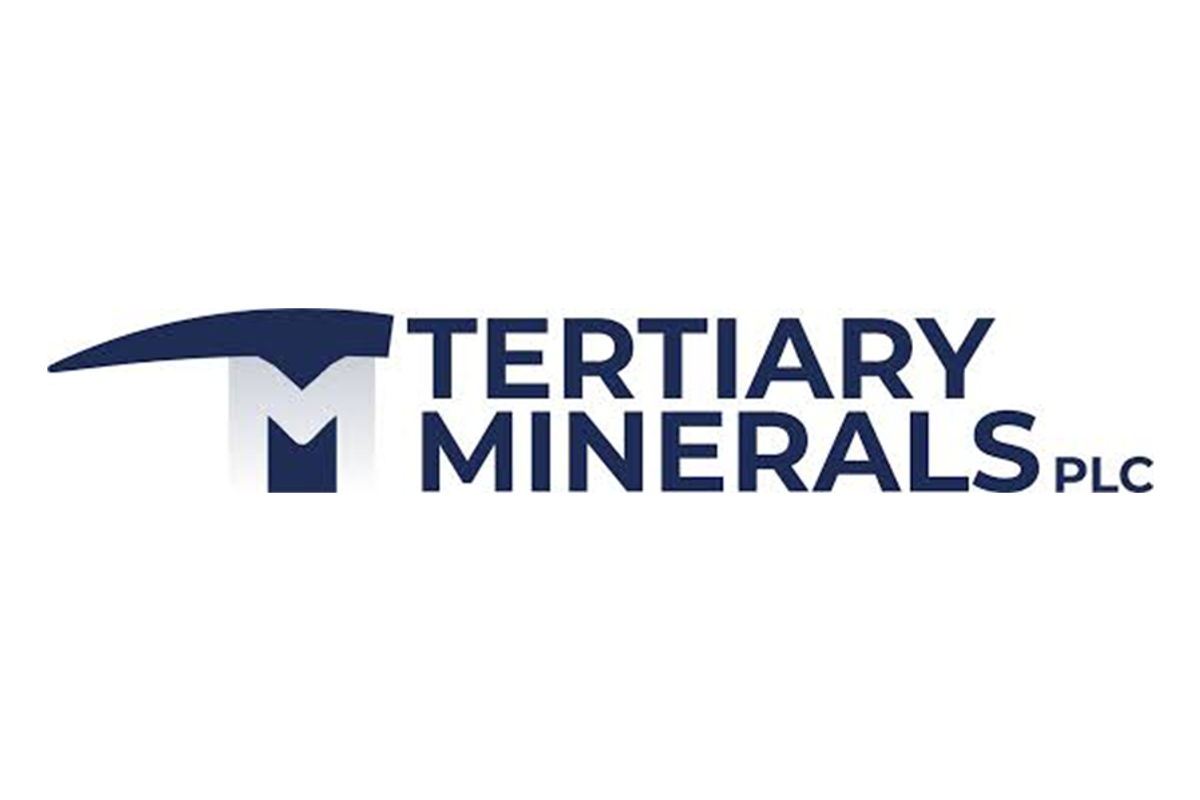
June 02, 2025
Empire Metals Limited (LON:EEE), the AIM-quoted and OTCQB-traded exploration and development company,is pleased to announce the commencement of a major drilling campaign at the Pitfield Project in Western Australia ('Pitfield' or the 'Project'). This programme will target high-grade titanium mineralisation within the in-situ weathered cap at the Thomas Prospect, with the objective of delivering a maiden JORC Compliant Mineral Resource Estimate ('MRE').
Highlights
- A total of 164 drill holes planned:
- 124 Air Core ('AC') drillholes for approximately 6,700 metres, and
- 40 Reverse Circulation ('RC') drillholes for approximately 4,000 metres,
- totalling 10,700 metres of drilling.
- The Thomas Prospect was selected for the maiden MRE due to the extensive, thick and high-grade titanium mineralisation hosted within the broad, in-situ weathered zone.
- This programme, the largest at Pitfield to date, will cover over 11 square kilometres and aims to deliver a globally significant MRE.
- Notable intercepts within the in-situ weathered cap from previous drilling at Thomas include:
- 51m @ 7.88% TiO₂ from surface (AC25TOM039)
- 57m @ 7.48% TiO₂ from surface (AC25TOM040)
- 52m @ 7.43% TiO₂ from surface (AC25TOM042)
Shaun Bunn, Managing Director, said:"We are pleased to commence this important drilling campaign at Pitfield, focused on delivering our maiden MRE from the Thomas Prospect.The Thomas Prospect contains broad, continuous, high-grade zones of high-purity titanium dioxide mineralisation within the in-situ weathered cap: confirmed by assay results from the February 2025 AC drill campaign, averaging 6.20% TiO₂ over an average depth of 54m (announced 28 April 2025).
"This fully funded campaign, scheduled to run over the next four to five weeks, is the largest undertaken to date at Pitfield. With 164 holes planned over an 11 square kilometre area and to an average depth of 65 metres, this work is designed to deliver a globally significant Mineral Resource Estimate."
MRE Drilling Programme
The location and spacing of the planned AC drillholes have been designed, with the input of mineral resource consultants Snowden-Optiro, to provide the necessary drill assay data density to allow the preparation of an MRE at the Thomas Prospect. The programme consists of 124 AC drillholes, on a 400 x 200m drillhole-spaced grid with an average forecast depth of 54.1m, for a total of 6,700 metres, and 40 RC drillholes within the AC drilling grid, to a depth of 100m, for a total of 4,000 metres. The overall drillhole grid extends 5.2km by 2.2km and totals an area of 11.4 sq km (refer Figure 1).
The drilling is targeting the near surface, highly weathered zones within the Thomas Prospect; drilling has now commenced and will run over several weeks, with laboratory analysis scheduled for completion in August.
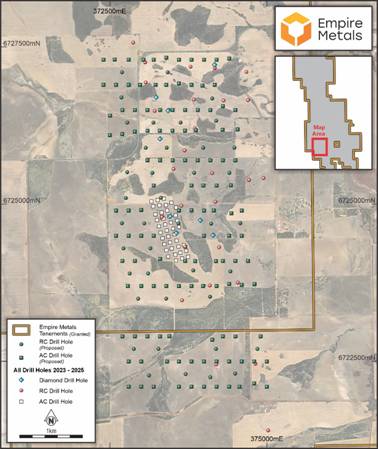
Figure 1. Planned Air Core drill hole collar locations within the Thomas Prospect priority area.
The near-surface, in-situ weathered cap at the Thomas Prospect contains a high percentage of the key titanium bearing minerals, primarily anatase and rutile. The drilling targets areas were selected on the basis of three key parameters: high-purity TiO2 mineral assemblage, high average TiO2 grades and significant depth of weathering (refer Table 1).
The AC and RC drillholes will be geologically logged and sub-sampled on 2m intervals and geochemically analysed; this data will provide the basis for geological modelling and for the development of the MRE at the Thomas Prospect.
Air core drilling has previously been utilised at Pitfield to drill-test the weathered cap and collect bulk metallurgical samples (announced 28 April 2025). It is a cost-effective and efficient drilling method that is commonly used for shallow exploration projects and the success of the previous campaign confirmed its suitability for the preparation of the MRE.
Table 1: Weathered Zone drill intercepts from the Thomas Prospect (previously released results) including high-grade intervals to be followed up by MRE drilling
Hole ID | Easting | Northing | Depth From (m) | Depth To (m) | EOH (m) | Weathered Interval (m) | Grade TiO2 (%) |
RC24TOM021 | 373699 | 6724326 | 4 | 76 | 154 | 72 | 6.75 |
including | 4 | 58 | 54 | 6.90 | |||
including | 4 | 12 | 8 | 9.03 | |||
including | 8 | 10 | 2 | 9.98 | |||
RC24TOM022 | 373329 | 6724796 | 0 | 54 | 154 | 54 | 7.02 |
including | 4 | 12 | 8 | 8.54 | |||
RC24TOM023 | 373639 | 6724978 | 0 | 58 | 154 | 58 | 5.68 |
including | 6 | 20 | 14 | 6.09 | |||
DD24TOM006 | 373947 | 6724741 | 0 | 46.5 | 70.5 | 46.5 | 5.94 |
including | 4.5 | 45 | 40.5 | 6.10 | |||
including | 10.5 | 22.5 | 12 | 6.95 | |||
AC25TOM021 | 373250 | 6724746 | 0 | 49 | 49 | 49 | 7.49 |
including | 20 | 26 | 6 | 10.71 | |||
AC25TOM036 | 373358 | 6725089 | 2 | 54 | 54 | 52 | 7.21 |
AC25TOM039 | 373506 | 6724612 | 0 | 51 | 51 | 51 | 7.88 |
AC25TOM040 | 373599 | 6724639 | 0 | 57 | 57 | 57 | 7.48 |
including | 6 | 22 | 16 | 10.00 | |||
AC25TOM041 | 373572 | 6724737 | 0 | 54 | 54 | 54 | 7.19 |
including | 4 | 18 | 14 | 10.06 | |||
including | 4 | 12 | 8 | 11.67 | |||
AC25TOM042 | 373546 | 6724823 | 0 | 52 | 52 | 52 | 7.43 |
including | 4 | 16 | 12 | 10.17 | |||
including | 4 | 12 | 8 | 11.32 |
The Pitfield Titanium Project
Located within the Mid-West region of Western Australia, near the northern wheat belt town of Three Springs, the Pitfield titanium project lies 313km north of Perth and 156km southeast of Geraldton, the Mid West region's capital and major port. Western Australia is ranked as one of the top mining jurisdictions in the world according to the Fraser Institute's Investment Attractiveness Index published in 2023, and has mining-friendly policies, stable government, transparency, and advanced technology expertise. Pitfield has existing connections to port (both road & rail), HV power substations, and is nearby to natural gas pipelines as well as a green energy hydrogen fuel hub, which is under planning and development (refer Figure 2).
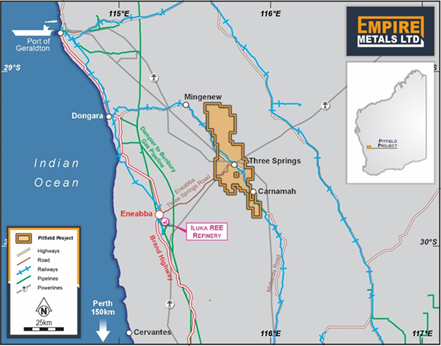
Figure 2. Pitfield Project Location showing the Mid-West Region Infrastructure and Services
Competent Person Statement
The technical information in this report that relates to the Pitfield Project has been compiled by Mr Andrew Faragher, an employee of Empire Metals Australia Pty Ltd, a wholly owned subsidiary of Empire. Mr Faragher is a Member of the Australian Institute of Mining and Metallurgy. Mr Faragher has sufficient experience that is relevant to the style of mineralisation and type of deposit under consideration and to the activity being undertaken to qualify as a Competent Person as defined in the 2012 Edition of the 'Australasian Code for Reporting of Exploration Results, Mineral Resources and Ore Reserves'. Mr Faragher consents to the inclusion in this release of the matters based on his information in the form and context in which it appears.
Market Abuse Regulation (MAR) Disclosure
Certain information contained in this announcement would have been deemed inside information for the purposes of Article 7 of Regulation (EU) No 596/2014, as incorporated into UK law by the European Union (Withdrawal) Act 2018, until the release of this announcement.
**ENDS**
For further information please visit www.empiremetals.co.uk or contact:
Empire Metals Ltd Shaun Bunn / Greg Kuenzel / Arabella Burwell | Tel: 020 4583 1440 |
S. P. Angel Corporate Finance LLP (Nomad & Broker) Ewan Leggat / Adam Cowl | Tel: 020 3470 0470 |
Shard Capital Partners LLP (Joint Broker) Damon Heath | Tel: 020 7186 9950 |
St Brides Partners Ltd (Financial PR) Susie Geliher / Charlotte Page | Tel: 020 7236 1177 |
About Empire Metals Limited
Empire Metals is an AIM-listed and OTCQB-traded exploration and resource development company (LON: EEE) with a primary focus on developing Pitfield, an emerging giant titanium project in Western Australia.
The high-grade titanium discovery at Pitfield is of unprecedented scale, with airborne surveys identifying a massive, coincident gravity and magnetics anomaly extending over 40km by 8km by 5km deep. Drill results have indicated excellent continuity in grades and consistency of the mineralised beds and confirm that the sandstone beds hold the higher-grade titanium dioxide (TiO₂) values within the interbedded succession of sandstones, siltstones and conglomerates. The Company is focused on two key prospects (Cosgrove and Thomas), which have been identified as having thick, high-grade, near-surface, bedded TiO₂ mineralisation, each being over 7km in strike length.
An Exploration Target* for Pitfield was declared in 2024, covering the Thomas and Cosgrove mineral prospects, and was estimated to contain between 26.4 to 32.2 billion tonnes with a grade range of 4.5 to 5.5% TiO2. Included within the total Exploration Target* is a subset that covers the weathered sandstone zone, which extends from surface to an average vertical depth of 30m to 40m and is estimated to contain between 4.0 to 4.9 billion tonnes with a grade range of 4.8 to 5.9% TiO2.
The Exploration Target* covers an area less than 20% of the overall mineral system at Pitfield which demonstrates the potential for significant further upside.
Empire is now accelerating the economic development of Pitfield, with a vision to produce a high-value titanium metal or pigment quality product at Pitfield, to realise the full value potential of this exceptional deposit.
The Company also has two further exploration projects in Australia; the Eclipse Project and the Walton Project in Western Australia, in addition to three precious metals projects located in a historically high-grade gold producing region of Austria.
*The potential quantity and grade of the Exploration Target is conceptual in nature. There has been insufficient exploration to estimate a Mineral Resource and it is uncertain if further exploration will result in the estimation of a Mineral Resource.
This information is provided by RNS, the news service of the London Stock Exchange. RNS is approved by the Financial Conduct Authority to act as a Primary Information Provider in the United Kingdom. Terms and conditions relating to the use and distribution of this information may apply. For further information, please contact rns@lseg.com or visit www.rns.com.
Click here to connect with Empire Metals (OTCQB:EPMLF, AIM:EEE) to receive an Investor Presentation
EPMLF

Sign up to get your FREE
Empire Metals Investor Kit
and hear about exciting investment opportunities.
- Corporate info
- Insights
- Growth strategies
- Upcoming projects
GET YOUR FREE INVESTOR KIT
The Conversation (0)
14 October
Empire Metals
Advancing a game-changing, globally significant titanium project in Western Australia.
Advancing a game-changing, globally significant titanium project in Western Australia. Keep Reading...
13 November
Empire Metals Limited Announces Appointment of Joint Corporate Broker
Empire Metals Limited, the AIM-quoted and OTCQX-traded exploration and development company, is pleased to announce the appointment of Canaccord Genuity Limited ("Canaccord") as joint corporate broker with immediate effect. Canaccord will work alongside S. P. Angel Corporate Finance LLP and Shard... Keep Reading...
30 October
Empire Metals Limited Announces Placing to Raise £7 million
Empire Metals Limited (LON: EEE, OTCQX: EPMLF), the AIM-quoted and OTCQX-traded resource exploration and development company, is pleased to announce that is has raised gross proceeds of £7 million by way of a subscription of 17,500,000 new ordinary shares of no par value in the capital of the... Keep Reading...
14 October
Empire Metals Limited - MRE Confirms World Dominant Titanium Discovery
Empire Metals Limited - MRE Confirms World Dominant Titanium DiscoveryEmpire Metals Limited, the AIM-quoted and OTCQX-traded exploration and development company, is pleased to report a maiden Mineral Resource Estimate ('MRE') at its Pitfield Project in Western Australia ('Pitfield' or the... Keep Reading...
14 October
Empire Metals Limited - Conference Presentations & Attendance
Empire Metals Limited (LON:EEE)(OTCQX:EPMLF), the AIM-listed and OTCQX-traded resource exploration and development company, is pleased to inform investors that the Company will be attending and participating in the following upcoming events and conferences:Ignite Investment Summit Hong Kong... Keep Reading...
17 September
Empire Metals Limited Announces Appointment of Marketing Manager
Empire Metals Limited (LON:EEE), the AIM-quoted and OTCQX-traded resource exploration and development company, is pleased to announce the appointment of a Marketing Manager, a key role which, along with Empire's partnership with titanium marketing experts, TiPMC Consulting, strengthens the... Keep Reading...
13 November
Cobre Advances Botswana Copper Project as Market Rerates Company
Cobre (ASX:CBE) CEO Adam Wooldridge says investor enthusiasm for the company has been driven by significant progress at its Ngami copper project in Botswana. “Investors are starting to see it as a real development opportunity,” he said, noting that Cobre has achieved in-situ copper recoveries of... Keep Reading...
11 November
Caravel Minerals and Kutch Copper to Fast Track Caravel Copper Project
Caravel Minerals (ASX:CVV,OTC Pink:CVVLF) has signed a non-binding memorandum of understanding (MOU) with Kutch Copper, a subsidiary of Indian company Adani Enterprises (NSE:ADANIENT).The deal marks an important step in a potential investment collaboration and a life-of-mine offtake of up to 100... Keep Reading...
07 November
Lobo Tiggre: Copper is My Highest-Confidence 2026 Trade, Uranium is Runner-Up
Lobo Tiggre, CEO of IndependentSpeculator.com, shares why copper is his highest-confidence trade for 2026, as well as when he will consider buying. "I now have probably more cash to put into play than I've ever had sitting on the sidelines waiting for this copper buying opportunity," he... Keep Reading...
06 November
Proposed Sale of Asiamet's Interest in the KSK Project and Notice of General Meeting
Asiamet Resources Limited (AIM: ARS) is pleased to announce that it has reached an agreement to sell its interest in the KSK Project to Norin Mining (Hong Kong) Limited for gross cash consideration of US$105 million (approximately £81 million).Transaction HighlightsAsiamet has entered into a... Keep Reading...
05 November
Breakthrough Minerals Acquires Dingo for AU$15 Million
Breakthrough Minerals (ASX:BTM) has entered a conditional binding agreement with Dingo Minerals to acquire Dingo for a total cash and share consideration of AU$15 million.The target of the acquisition is the North Queensland copper project in the Mt Isa region, which Dingo Minerals will acquire... Keep Reading...
30 October
Kobold to advance Konkola West Project Agreement to Stage 2
Tertiary Minerals plc (AIM: TYM) is pleased to announce that KoBold Metals Company ("KoBold") has successfully completed its Stage 1 Earn-In requirements on the Konkola West Copper Project ("Project") and has confirmed it will proceed to Stage 2 under the Earn-In Agreement ("Agreement") with... Keep Reading...
Latest News

Sign up to get your FREE
Empire Metals Investor Kit
and hear about exciting investment opportunities.
- Corporate info
- Insights
- Growth strategies
- Upcoming projects
GET YOUR FREE INVESTOR KIT
Latest Press Releases
Related News
TOP STOCKS
American Battery4.030.24
Aion Therapeutic0.10-0.01
Cybin Corp2.140.00


